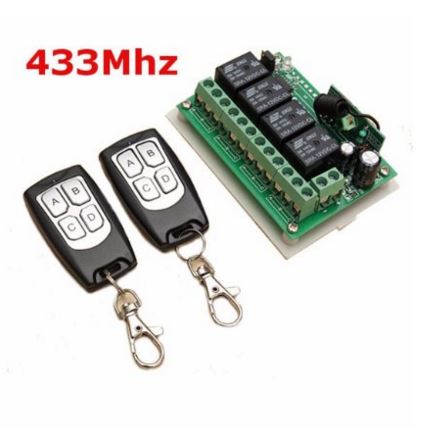LarryM
Guru
- Joined
- Aug 5, 2011
- Messages
- 1,069
- Location
- USA
- Vessel Name
- Pelago
- Vessel Make
- Wellcraft 3300 Coastal
I answered my own question:
It turns out my assumption was correct. This time. But you know what happens when you assume.
The "Mode" button (connect both port and starboard terminals to ground) switches to Standby mode. Obviously not real helpful if I'm not at the helm and ready to take the wheel, so I'll have to live without that function.
Tom,
The "Mode" button on the R3000X Remote Control does a little more than just but the system in "Standby" mode.
If your initial mode is STBY (where you can steer with the Port and Stbd buttons), the first press places the A/P in "AUTO" mode on your present heading. The second press places it back in "STBY" mode.
If your initial mode is "AUTO", the first press places the A/P in "STBY" (where you can steer with the Port and Stbd buttons). The second press places the A/P back in "AUTO" mode on your present heading.
If your initial mode is "NAV", the first press places the A/P in "STBY" (where you can steer with the Port and Stbd buttons). The second press places the A/P back in "AUTO" mode on your present heading. You cannot place the system back in "NAV" mode from the remote.
The ability to place the A/P back into "AUTO" mode can be very useful if you are relocating to another helm position of if you are elsewhere on the boat and going back to your main helm.
Using the 3-wire connection and selecting Port or Stbd on your wireless remote should immediately place the A/P 26 in "INACTIVE" mode and pass steering control to your remote. You will have to return to the A/P 26 to regain A/P control again (AUTO, NAV, STBY).
How is the installation going so far?


 RTFM!
RTFM!